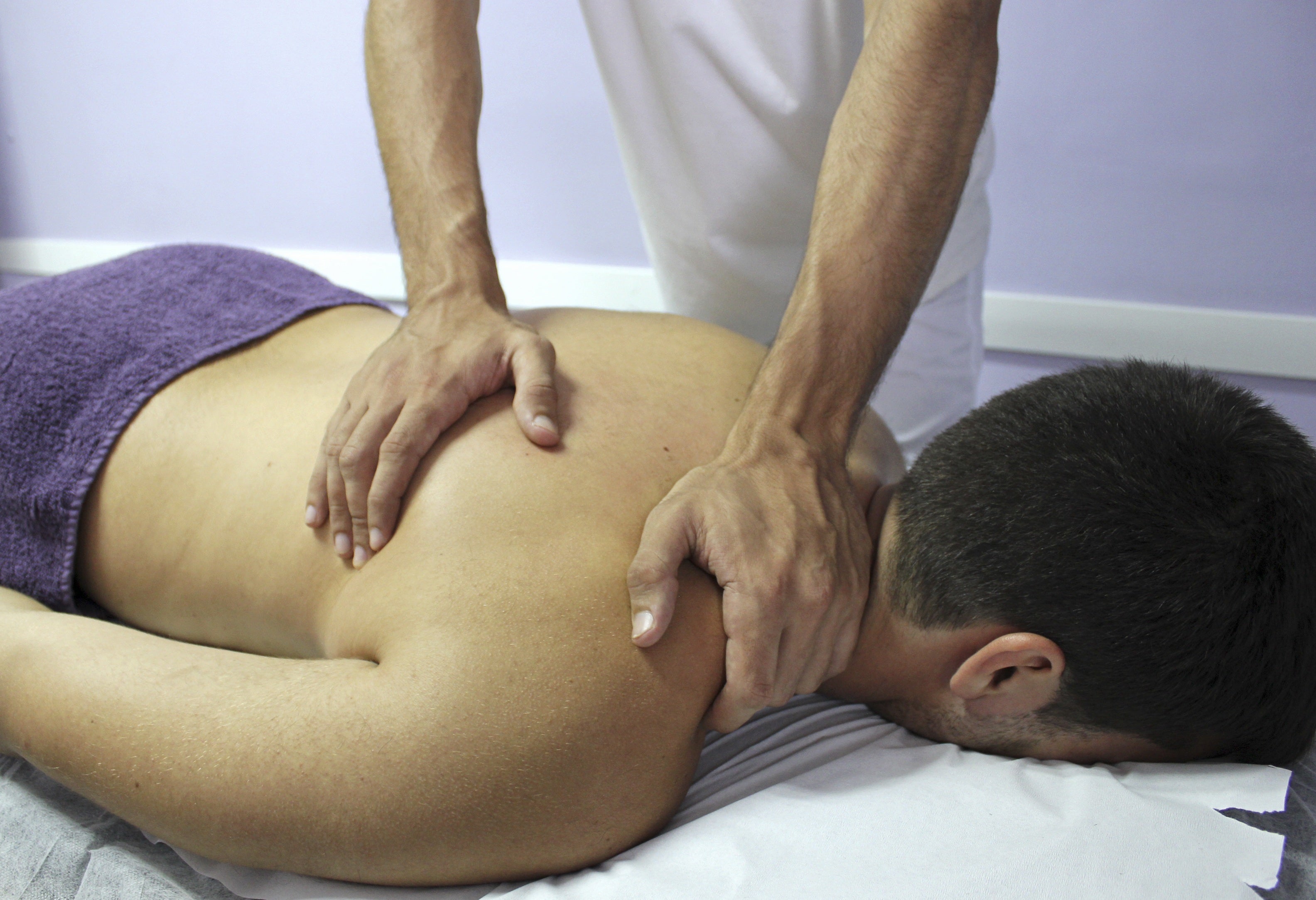
Transforming Health with Cold Water to Hot Water Therapy
Transforming Health with Cold Water to Hot Water Therapy
Overview
Introduction to cold water and hot water therapy
Welcome to the world of cold water and hot water therapy! If you're looking for a natural way to transform your health, you've come to the right place. Cold water therapy involves immersing your body in cold water, which can have numerous benefits. It can improve circulation, boost your immune system, and even help with weight loss. On the other hand, hot water therapy involves using hot water to relax and heal your body. It can soothe sore muscles, relieve stress, and promote better sleep. So whether you prefer the invigorating chill of cold water or the comforting warmth of hot water, both therapies can work wonders for your health.
Benefits of cold water therapy
Cold water therapy, also known as cold hydrotherapy, is a practice that involves immersing the body in cold water for various health benefits. It has been used for centuries to stimulate the immune system, improve circulation, and reduce inflammation. The main benefits of cold water therapy include pain relief, increased energy levels, improved mood, and enhanced athletic performance. Cold water therapy can also help with weight loss by boosting metabolism and burning calories. Additionally, it can improve skin health by tightening pores and reducing acne. Overall, incorporating cold water therapy into your daily routine can have numerous positive effects on your physical and mental well-being.
Benefits of hot water therapy
Hot water therapy, also known as hydrotherapy, has been used for centuries to promote health and well-being. The benefits of hot water therapy are numerous and can have a positive impact on both physical and mental health. One of the key benefits of hot water therapy is its ability to relax muscles and relieve tension. The warm water helps to increase blood flow, which can reduce inflammation and promote healing. Additionally, hot water therapy can improve circulation, boost the immune system, and detoxify the body by opening up the pores and allowing toxins to be released through sweat. Other benefits include improved sleep, reduced stress and anxiety, and enhanced mood. Overall, hot water therapy is a simple and effective way to improve overall health and well-being.
Getting Started with Cold Water Therapy

Choosing the right temperature
When it comes to choosing the right temperature for water therapy, it's important to consider your personal preferences and comfort level. Some people prefer cold water therapy, which can help reduce inflammation and improve circulation. Others may find hot water therapy more soothing and relaxing, as it can help relieve muscle tension and promote relaxation. Ultimately, the best temperature for water therapy is the one that feels most comfortable and beneficial to you. Experiment with different temperatures and listen to your body to find what works best. Remember, there is no one-size-fits-all approach, so trust your instincts and enjoy the therapeutic benefits of water.
Cold water immersion techniques
Cold water immersion techniques are a popular method for improving health and well-being. Many people swear by the benefits of immersing themselves in cold water, claiming that it can boost their immune system, increase circulation, and even help with weight loss. While the science behind these claims is still being explored, there is no denying the invigorating feeling of a cold water plunge. Whether it's a quick dip in a cold shower or a full-body plunge into an icy lake, the shock of the cold water can wake up your senses and leave you feeling refreshed and energized. So, if you're looking for a natural way to improve your health, why not give cold water immersion a try?
Precautions and safety measures
When practicing cold water to hot water therapy, it is important to take certain precautions and safety measures. Firstly, it is crucial to start with lukewarm water and gradually increase the temperature to avoid any sudden shocks to the body. Additionally, it is recommended to consult a healthcare professional before starting this therapy, especially if you have any underlying health conditions. It is also important to listen to your body and not push yourself too hard during the therapy. Lastly, always ensure that the water temperature is comfortable and not too hot to prevent burns or scalds. By following these precautions and safety measures, you can enjoy the benefits of cold water to hot water therapy safely and effectively.
Exploring Hot Water Therapy

Understanding the healing properties of hot water
Hot water has been used for centuries as a natural remedy for various health conditions. The healing properties of hot water can be attributed to its ability to increase blood circulation and relax muscles. When we immerse ourselves in hot water, the heat causes our blood vessels to dilate, allowing for better blood flow throughout the body. This increased circulation can help to reduce inflammation and promote healing. Additionally, hot water can help to relax tense muscles, providing relief from pain and stiffness. Whether it's a soothing hot shower or a relaxing soak in a hot tub, hot water therapy can be a simple and effective way to improve overall health and well-being.
Different types of hot water therapy
Hot water therapy is a popular method of relaxation and healing. There are several different types of hot water therapy that offer unique benefits. One type is hot water immersion, where the body is fully submerged in hot water. This can help to relieve muscle tension and promote relaxation. Another type is hot water foot baths, which can improve circulation and reduce foot pain. Hot water compresses are also commonly used to soothe sore muscles and joints. Finally, hot water showers are a simple and effective way to relax and unwind. Overall, hot water therapy offers a range of benefits for both physical and mental well-being.
Hot water therapy for specific health conditions
Hot water therapy is not only a relaxing and soothing experience, but it can also provide numerous health benefits for specific conditions. The heat from hot water can help to alleviate muscle pain and stiffness, making it a great option for those suffering from arthritis or other joint-related issues. Additionally, hot water therapy can improve blood circulation, which can be beneficial for individuals with circulatory problems. It can also help to reduce stress and promote better sleep, making it a helpful therapy for those dealing with anxiety or insomnia. Overall, hot water therapy is a simple and effective way to improve your health and well-being.
Combining Cold and Hot Water Therapy

Alternating between cold and hot water therapy
Alternating between cold and hot water therapy is an effective way to enhance your health and well-being. Cold water therapy involves immersing your body in cold water, which helps to reduce inflammation, improve circulation, and boost your immune system. On the other hand, hot water therapy involves using hot water to relax your muscles, relieve stress, and promote detoxification. By alternating between cold and hot water therapy, you can experience the benefits of both treatments and improve your overall health. So, the next time you take a shower or bath, consider turning the temperature dial from cold to hot and back again to reap the rewards of this simple yet powerful therapy.
Benefits of contrast therapy
Contrast therapy, also known as cold water to hot water therapy, offers a wide range of benefits for improving health and well-being. This unique form of therapy involves alternating between cold and hot water treatments, which helps to stimulate circulation, reduce inflammation, and promote relaxation. The contrast in temperature triggers the body's natural healing response, resulting in increased blood flow and detoxification. Additionally, contrast therapy can help to alleviate muscle soreness, improve joint mobility, and boost the immune system. By incorporating contrast therapy into your wellness routine, you can experience the rejuvenating effects of this simple yet powerful practice.
Tips for an effective combination therapy
When it comes to combining cold water and hot water therapy for maximum health benefits, there are a few key tips to keep in mind. First, start with cold water therapy to stimulate circulation and reduce inflammation. This can be done by taking a cold shower or using ice packs on sore muscles. After the cold therapy, switch to hot water therapy to relax and soothe the muscles. This can be done by taking a hot bath or using a heating pad. The contrast between the cold and hot temperatures helps to improve blood flow and promote healing. Remember to always listen to your body and adjust the temperature and duration of each therapy session according to your comfort level. By following these tips, you can experience the full benefits of combining cold water and hot water therapy for your health and well-being.
Conclusion

Embracing the transformative power of water therapy
Water therapy, also known as hydrotherapy, is a practice that involves using water in various forms to promote healing and relaxation. From taking a refreshing cold shower to soaking in a hot bath, water therapy offers numerous benefits for both the body and mind. Cold water therapy has been shown to boost the immune system, improve circulation, and increase energy levels. On the other hand, hot water therapy can help to relieve muscle tension, reduce stress, and promote better sleep. By embracing the transformative power of water therapy, individuals can experience improved physical and mental well-being.
Incorporating cold and hot water therapy into your daily routine
Are you looking for a simple and effective way to improve your overall health and well-being? Look no further than cold and hot water therapy! Incorporating these simple practices into your daily routine can have a profound impact on your physical and mental health. Cold water therapy, also known as cold showers or ice baths, has been shown to boost circulation, improve immune function, and increase energy levels. On the other hand, hot water therapy, such as soaking in a hot tub or taking a steamy shower, can help relax muscles, reduce stress, and promote better sleep. By alternating between cold and hot water treatments, you can stimulate your body's natural healing processes and enhance your overall vitality. So why not give it a try and start reaping the benefits today?
Taking care of your health with simple yet effective practices
In today's fast-paced world, it's easy to overlook the simple practices that can have a big impact on our health. One such practice is the use of cold water to hot water therapy. This simple yet effective technique involves alternating between cold and hot water showers or baths. The cold water helps to stimulate circulation and boost the immune system, while the hot water relaxes and soothes the muscles. By incorporating this therapy into your daily routine, you can experience numerous health benefits, including improved blood flow, reduced inflammation, and increased energy levels. So why not give it a try and start transforming your health today?


